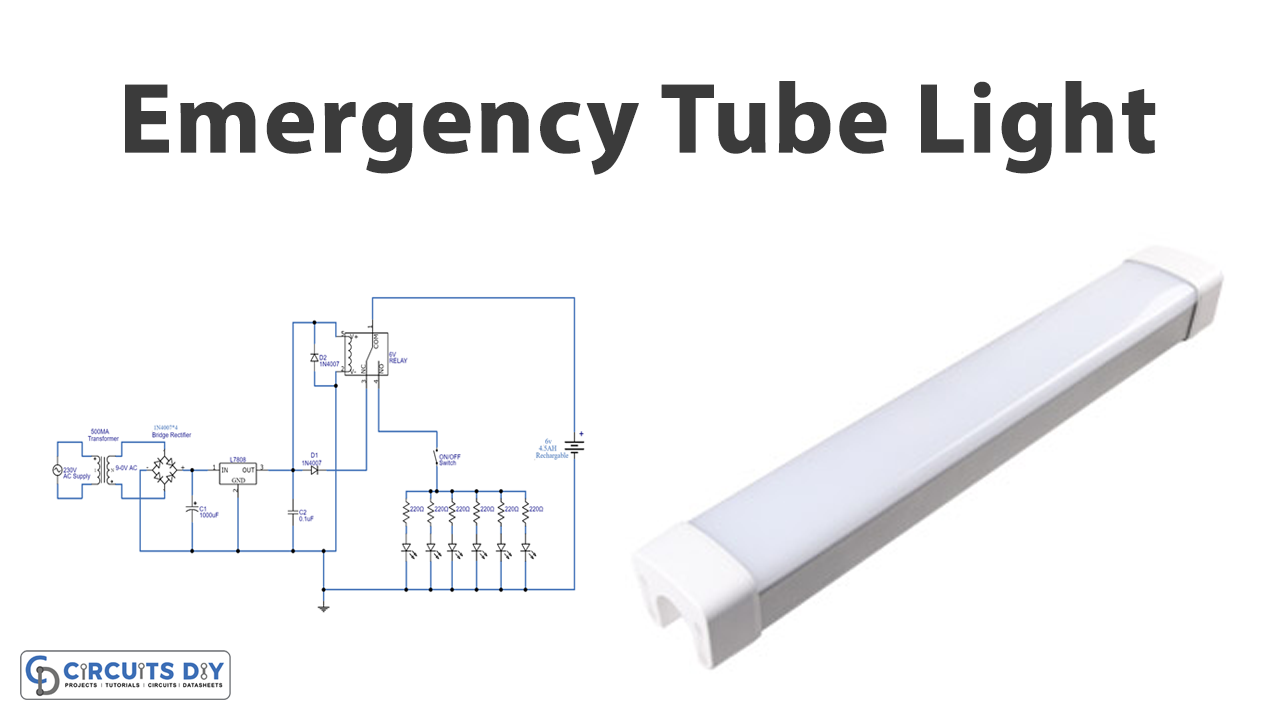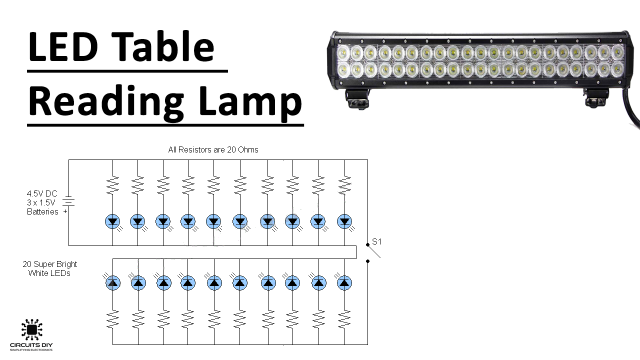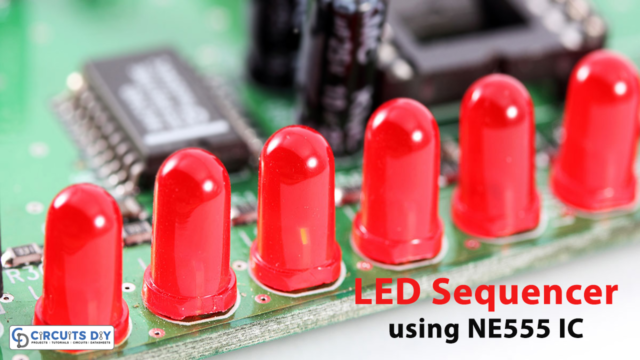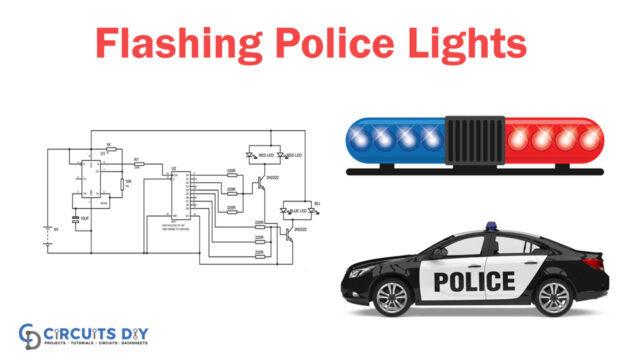Introduction
Just suppose that you have an exam the other day and your area has faced a load-shedding problem. Now, its a nighttime, and you really need a light to study. What would you do? So, the only solution to that situation is the emergency light. When the power is off, emergency lights are employed, and the light turns on automatically. To avoid unexpected power outages, they are utilized as emergency lighting in homes, offices, or in study rooms. So, we have decided that in this tutorial, we will make an “Emergency Tube light circuit”.
Emergency Light is a fairly simple configuration circuit that may be easily done. Components for the Emergency Light circuit are widely accessible and inexpensive. When it comes to energy conservation, it is an excellent option.

Hardware Components
The following components are required to make Emergency Tube Light Circuit
| S.no | Component | Value | Qty |
|---|---|---|---|
| 1. | Transformer | 12-0-12 | 1 |
| 2. | Transistor | 2N6101 | 1 |
| 3. | Lamp | 20w | 1 |
| 4. | Potentiometer | 2K | 1 |
| 5. | Battery | 12v | 1 |
| 6. | Electrolyte Capacitor | 0.47uF | 1 |
| 7. | Resistor | 680 Ohm | 1 |
| 8. | 2-Pin Connector | – | 1 |
2N6101 Pinout

For a detailed description of pinout, dimension features, and specifications download the datasheet of 2N6101
Emergency Tube Light Circuit

Working Explanation
In this Emergency Tube light circuit, we are using a step-down transformer (12-0-12V) with the main winding terminal linked to a 20-watt fluorescent light and the secondary (12-0-12V) center-tapped terminals connected to a switching pulse circuit. The VR1 variable resistor and the C1 capacitor control the switching pulse that is supplied to the switching power transistor Q1. This transistor connects and disconnects the secondary winding of the transformer from the battery supply, causing an EMF on the winding. The EMF grows in the primary winding, and the supply is sufficient to power a 20-watt fluorescent light.
Application and Uses
- Can be used in night lamps, street lights, etc.
- The circuit is useful where there are load shedding issues.
- Also, can be employed to avoid sudden power failures at workplaces.







